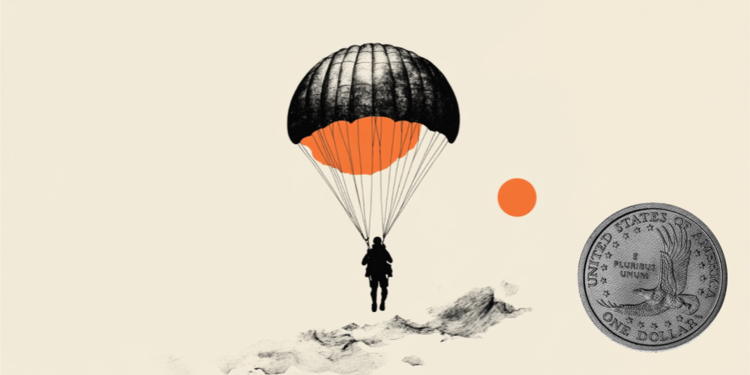- Traders exhibit caution following below-forecast US PPI figures that spark fresh inflation debates in global markets.
- President-elect Donald Trump’s potential remarks on tariffs and trade policies keep investors vigilant, unsure of the Dollar’s immediate trajectory.
- The Federal Reserve’s steady rate stance for January remains likely, but any inflation surprises could sway policy expectations again.
The US Dollar Index, which measures the value of the USD against a basket of currencies, is on the backfoot after the December Producer Price Index (PPI) was released. Traders are on edge over possible comments from President-elect Donald Trump on the above headline. The US Dollar Index (DXY) dips below 110.00 and looks for support to bounce back.
Daily digest market movers: USD eases on hot NFP report momentum as PPI disappoints
- December’s Producer Price Index (PPI) was softer than anticipated: core monthly PPI at 0.0% vs. 0.3% expected, headline at 0.2% vs. 0.3%, and yearly readings coming in below forecasts.
- The US Dollar weakened on this report, but analysts remain confident in the ongoing rally and view the tariff noise as short-lived.
- Inflation concerns persist, with sticky underlying price pressures suggesting the Federal Reserve (Fed) will retain its cautious easing pace into 2025.
- Yield softening sees the 10-year benchmark slip to around 4.80% from its 14-month high, reflecting market uncertainty post-PPI.
- CME FedWatch Tool shows that traders have already priced in the chance of unchanged rates at January’s meeting, underscoring the Fed’s data-dependent posture and potential Trump-driven volatility.
DXY technical outlook: Respite after softer data, but structure remains positive
The US Dollar Index witnessed a temporary dip below the 110.00 mark, pressured by profit-taking and underwhelming PPI numbers. Despite this pullback, the broader uptrend stays intact, hovering near multi-year highs. Indicators show a mild slowdown, hinting at a potential short-term consolidation phase. If profit-taking intensifies, the index may slip further, probably towards 107.00-108.00; however, strong fundamentals and robust Fed guidance suggest the Dollar could quickly find a bid, preserving its longer-term bullish bias.
Inflation FAQs
Inflation measures the rise in the price of a representative basket of goods and services. Headline inflation is usually expressed as a percentage change on a month-on-month (MoM) and year-on-year (YoY) basis. Core inflation excludes more volatile elements such as food and fuel which can fluctuate because of geopolitical and seasonal factors. Core inflation is the figure economists focus on and is the level targeted by central banks, which are mandated to keep inflation at a manageable level, usually around 2%.
The Consumer Price Index (CPI) measures the change in prices of a basket of goods and services over a period of time. It is usually expressed as a percentage change on a month-on-month (MoM) and year-on-year (YoY) basis. Core CPI is the figure targeted by central banks as it excludes volatile food and fuel inputs. When Core CPI rises above 2% it usually results in higher interest rates and vice versa when it falls below 2%. Since higher interest rates are positive for a currency, higher inflation usually results in a stronger currency. The opposite is true when inflation falls.
Although it may seem counter-intuitive, high inflation in a country pushes up the value of its currency and vice versa for lower inflation. This is because the central bank will normally raise interest rates to combat the higher inflation, which attract more global capital inflows from investors looking for a lucrative place to park their money.
Formerly, Gold was the asset investors turned to in times of high inflation because it preserved its value, and whilst investors will often still buy Gold for its safe-haven properties in times of extreme market turmoil, this is not the case most of the time. This is because when inflation is high, central banks will put up interest rates to combat it. Higher interest rates are negative for Gold because they increase the opportunity-cost of holding Gold vis-a-vis an interest-bearing asset or placing the money in a cash deposit account. On the flipside, lower inflation tends to be positive for Gold as it brings interest rates down, making the bright metal a more viable investment alternative.
Read the full article here


